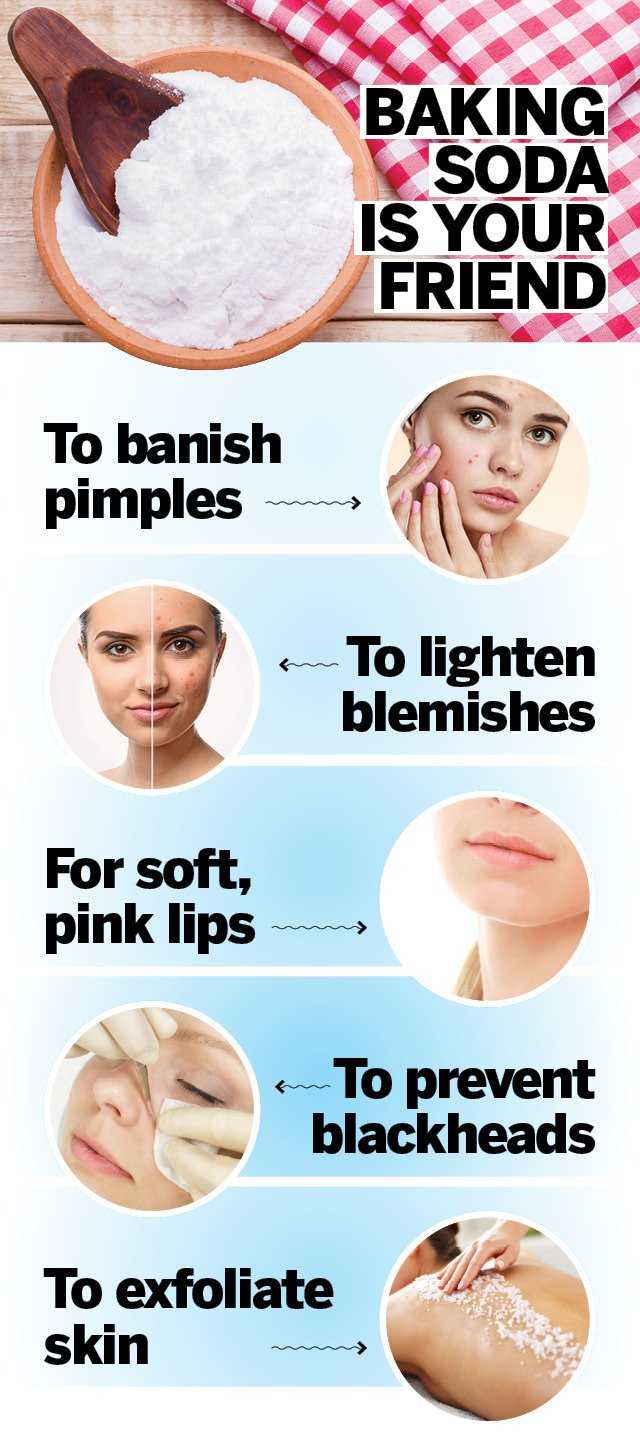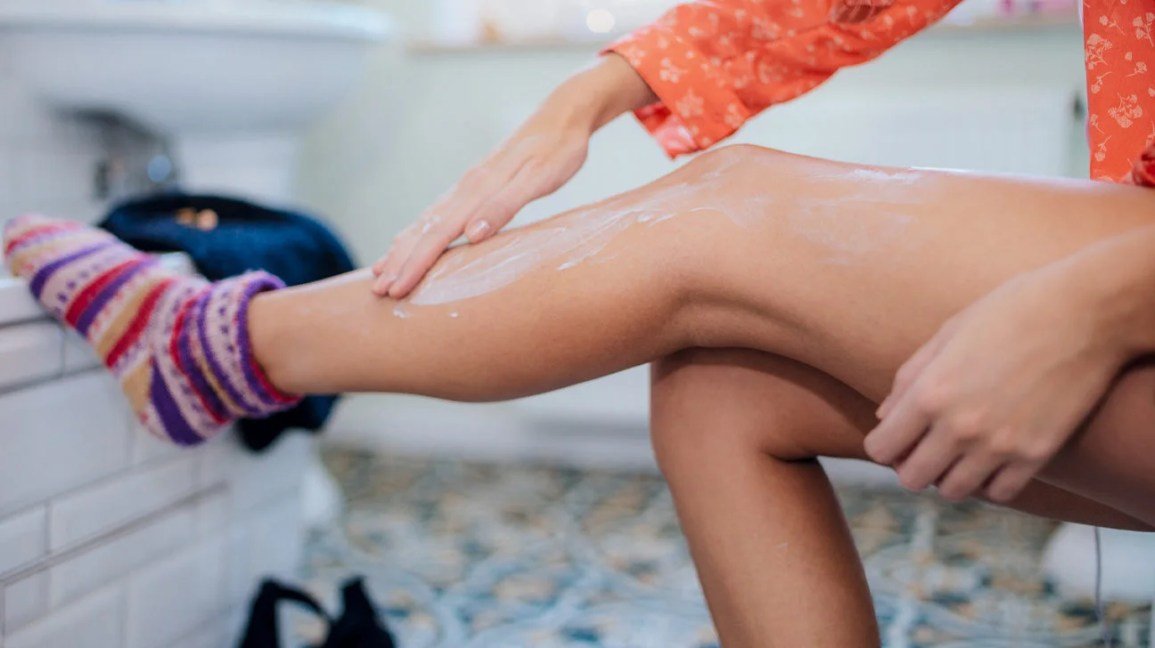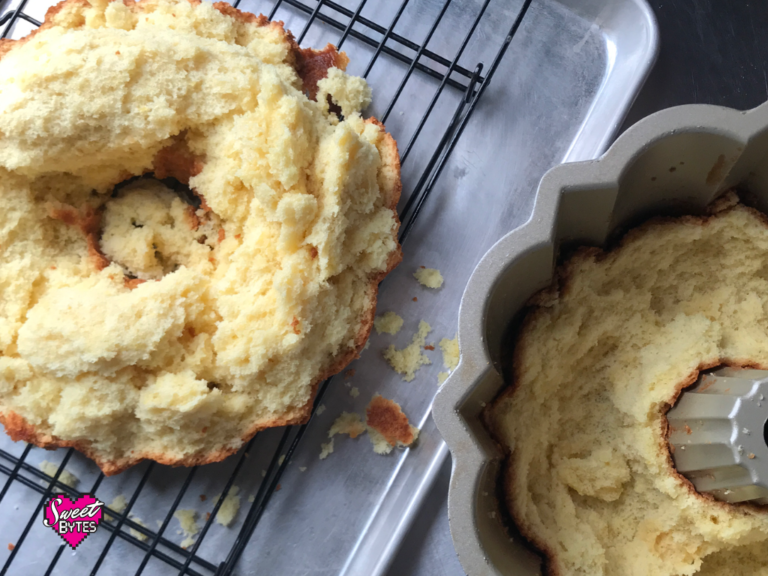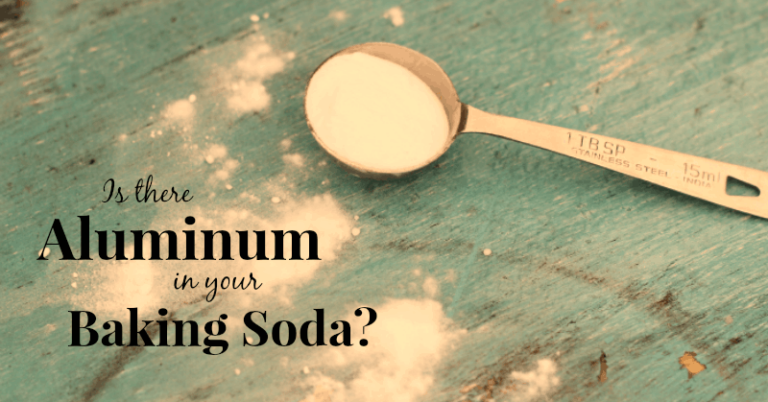How Often Should You Use Baking Soda on Your Face: Expert Tips
Use baking soda on your face no more than once or twice a week. Overuse can lead to skin irritation.
Baking soda is a popular and affordable skincare ingredient. It helps exfoliate and balance the skin’s pH levels. Many people turn to baking soda for its effectiveness in treating acne and blackheads. However, it is essential to use it sparingly to avoid damaging your skin.
Excessive use can strip the skin of its natural oils, causing dryness and irritation. Stick to a once or twice weekly routine to maintain healthy and glowing skin. Always perform a patch test before using baking soda on your face to ensure you do not have an adverse reaction. Your skin will thank you for the careful attention.

Benefits Of Baking Soda For Skin
Baking soda helps remove dead skin cells. This makes your skin feel smooth. Exfoliating with baking soda can unclog pores. This reduces the chance of pimples. Use it gently to avoid irritation. Over-exfoliation can harm your skin. Try using it once a week. This helps maintain a healthy glow.
Baking soda can help treat acne. It has anti-inflammatory properties. This reduces redness and swelling. Mix baking soda with water. Apply it to the acne spots. Leave it on for a few minutes. Rinse with warm water. Overuse can dry out your skin. Use it sparingly for best results. Always moisturize after using baking soda.
Potential Risks
Excessive use of baking soda on your face can lead to skin irritation and dryness. Frequent application might disrupt the skin’s natural pH balance. Always consult a dermatologist before incorporating new skincare routines.
Skin Irritation
Baking soda can cause skin irritation. It may lead to redness and itching. Some people might experience a burning sensation. Sensitive skin types are more prone to reactions. Always do a patch test before using it. Discontinue use if irritation occurs.
Ph Imbalance
Baking soda has a high pH level. Your skin’s pH is naturally lower. Using baking soda can disrupt this balance. A disrupted pH can cause dryness. It can also lead to acne and other skin issues. Use it sparingly to avoid these problems.
Frequency Recommendations
For those with sensitive skin, use baking soda sparingly. Once a week is enough. Overuse can irritate the skin. Always test a small area first. Baking soda can cause redness or itching. If irritation occurs, stop immediately. Moisturize after each use. Your skin will thank you.
People with oily skin can use baking soda more often. Twice a week is ideal. It helps to reduce oiliness. Baking soda acts as a gentle exfoliant. Avoid using it every day. Daily use can dry out the skin. Always follow up with a moisturizer. Balance is key for healthy skin.

How To Use Baking Soda Safely
Apply baking soda on your face 1-2 times a week to avoid irritation and maintain healthy skin. Ensure gentle application to prevent damage.
Patch Test
Always do a patch test first. Mix a small amount of baking soda with water. Apply it to a small area of your skin. Wait for 24 hours. Check for any redness, itching, or irritation. If no reaction occurs, it is safe to use on your face.
Dilution
Always dilute baking soda before using it on your face. Mix 1 teaspoon of baking soda with 2 teaspoons of water. This helps reduce the risk of irritation. Never use undiluted baking soda on your skin. It can be too harsh and cause dryness.
Combining With Other Ingredients
Baking soda and honey make a great face mask. Honey is a natural moisturizer. It helps to keep your skin soft and smooth. Use this mask once or twice a week. This combination can remove dead skin cells. It also helps to unclog pores.
Mix baking soda with lemon juice for a brightening effect. Lemon juice contains vitamin C. It helps to lighten dark spots. Use this mixture once a week. Too much lemon juice can irritate your skin. Always rinse your face well after using it.
Signs Of Overuse
Frequent use of baking soda on your face can lead to redness, dryness, and irritation. Look for these signs to avoid overuse and maintain healthy skin.
Redness
Too much baking soda can cause redness. The skin may feel hot and uncomfortable. Red patches might appear on the face. These patches can be itchy. Redness is a sign of skin irritation.
Dryness
Frequent use of baking soda can lead to dryness. The skin might start to flake. It can feel tight and rough. Dry skin can crack and become sore. Keeping the skin moisturized is very important.
Alternatives To Baking Soda
Store-bought exfoliants can be a great alternative to baking soda. Gentle exfoliants like those with salicylic acid or glycolic acid help remove dead skin cells. These products are often designed for sensitive skin, minimizing irritation. Choosing a product with natural ingredients can also be beneficial. Always follow the instructions on the packaging for best results.
Natural remedies can also serve as good alternatives. Oatmeal is a gentle exfoliant suitable for all skin types. Honey acts as a natural moisturizer and antibacterial agent. Mixing honey with sugar can create a simple, effective scrub. Yogurt contains lactic acid, which helps dissolve dead skin cells. These remedies are often easy to find and use at home.

Expert Opinions
Dermatologists suggest using baking soda on your face once a week. Overuse can cause skin irritation and dryness. Baking soda is highly alkaline. It can disrupt the skin’s natural pH balance. This can lead to redness and breakouts.
Always perform a patch test before using it on your face. Consult a dermatologist if you have sensitive skin. They can provide personalized advice.
Aestheticians recommend using baking soda as a gentle exfoliant. They agree it should be used sparingly. Twice a month is often enough. Over-exfoliation can strip the skin of its natural oils. This can make your skin feel tight and uncomfortable.
Mix baking soda with water to create a paste. Use light, circular motions to apply. Avoid the delicate eye area to prevent irritation.
Frequently Asked Questions
How Often Can I Use Baking Soda On My Face?
It’s best to use baking soda on your face 1-2 times per week. Overuse can lead to skin irritation and dryness.
Is Baking Soda Safe For All Skin Types?
Baking soda is not suitable for all skin types. Sensitive skin may react negatively, causing irritation or redness.
What Are The Benefits Of Using Baking Soda On The Face?
Baking soda can exfoliate, remove dead skin cells, and help unclog pores. It also balances the skin’s pH levels.
Can Baking Soda Remove Acne Scars?
Baking soda may help lighten acne scars with regular use. However, results can vary based on individual skin types.
Conclusion
Finding the right balance for using baking soda on your face is crucial. Overuse can lead to irritation. Stick to once or twice a week for best results. Always follow up with a good moisturizer. Remember, everyone’s skin is different.
Listen to your skin’s needs and adjust accordingly.




